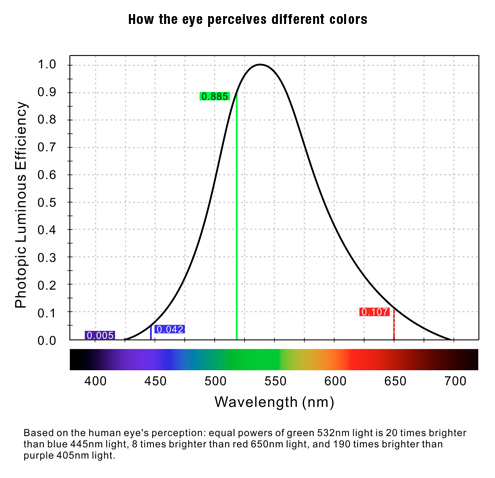RobbieB
Give me a museum and I'll fill it. (Picasso) Give me a forum ...
- Joined
- Mar 22, 2016
- Messages
- 8,968
It's not a lot of energy (a lot of watts but very little time) so not too important.
The important thing is they have these new tiny LEDs that will go where those small appliance bulbs go and provide better light. It really is brighter in the fridge now and easier to see stuff. Adding less heat to the cooled space in just gravy.
The important thing is they have these new tiny LEDs that will go where those small appliance bulbs go and provide better light. It really is brighter in the fridge now and easier to see stuff. Adding less heat to the cooled space in just gravy.

